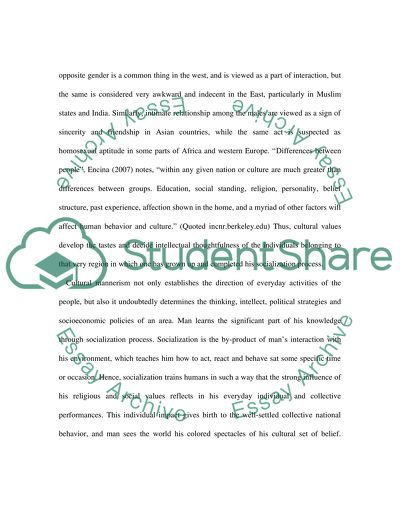Cite this document
(Cultural Differences and Approaches to Justice Coursework, n.d.)
Cultural Differences and Approaches to Justice Coursework. Retrieved from https://studentshare.org/culture/1551244-to-what-extent-do-cultural-differences-alter-understandings-of-injustice-and-approaches-to-justice
Cultural Differences and Approaches to Justice Coursework. Retrieved from https://studentshare.org/culture/1551244-to-what-extent-do-cultural-differences-alter-understandings-of-injustice-and-approaches-to-justice
(Cultural Differences and Approaches to Justice Coursework)
Cultural Differences and Approaches to Justice Coursework. https://studentshare.org/culture/1551244-to-what-extent-do-cultural-differences-alter-understandings-of-injustice-and-approaches-to-justice.
Cultural Differences and Approaches to Justice Coursework. https://studentshare.org/culture/1551244-to-what-extent-do-cultural-differences-alter-understandings-of-injustice-and-approaches-to-justice.
“Cultural Differences and Approaches to Justice Coursework”. https://studentshare.org/culture/1551244-to-what-extent-do-cultural-differences-alter-understandings-of-injustice-and-approaches-to-justice.


